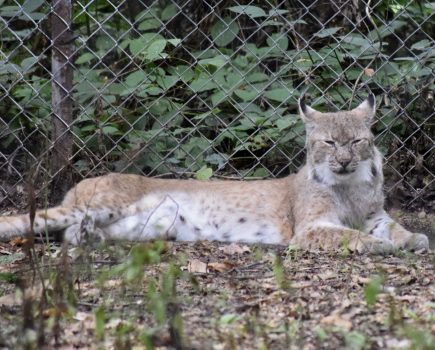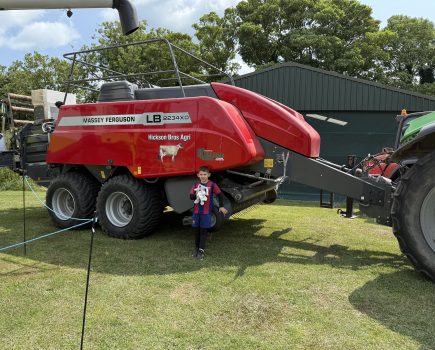One aspect of the more extreme weather we are getting is that my choice of arable rotation is no longer down to me but is being dictated by climate change.
This week’s sowing activity is a case in point. My plan for a low-lying 25ha field was to drill it with a second feed wheat last autumn on the basis that the blackgrass population was sufficiently under control to take the risk. But no sooner was the P&K spread and the seed delivered than we received what felt like an entire winter’s rainfall in the month of October to the point that the only vehicle suitable to travel across the field was a rowing boat rather than a tractor.
Given further wet weather this spring, an initial plan to sow the field with spring barley also had to be abandoned. Fortunately, I hadn’t been able to find any spring barley seed anywhere in the country as it was sold out, so as wet weather persisted through February and March and into early April, it dictated that spring beans were my best bet as a) I could actually find the seed and b) they are a crop that can still yield well when drilled as late as mid-April.
But it’s not only crop rotations that are going to be dictated by climate change (sorry to any diehard climate change-denying readers out there, but the game is now up; the figures for this year in Europe are truly alarming, and the 10 warmest years on record globally have all occurred in the past 15). British farmers’ cultivation techniques are already changing to min-till to conserve moisture in the upper soil profile and improve soil structure to reduce the impact of extreme dry and wet weather.
Plant breeders are working increasingly hard to create more drought-resistant crop varieties to withstand hot summers. Such crops will certainly soon be needed in southern Portugal as the region is forecast to suffer regular summer daytime highs of 55 degrees Celsius by 2050 if current trends continue; that’s hotter than the hottest days the Sahara Desert currently endures.
What all this means for the longer term for UK arable farmers is difficult to predict. If vast areas of currently productive land in southern Europe are to become deserts, perhaps British farmers might enjoy better times as the area of land available for growing combinable crops shrinks. That said, as the permafrost retreats north in Russia, it liberates an area of fertile land the size of East Anglia each year for crop production.
So, while we all like to pretend that we’re in charge of our farms, the truth is that there are powerful forces at work, climate change among them, that make most of our decisions for us.







